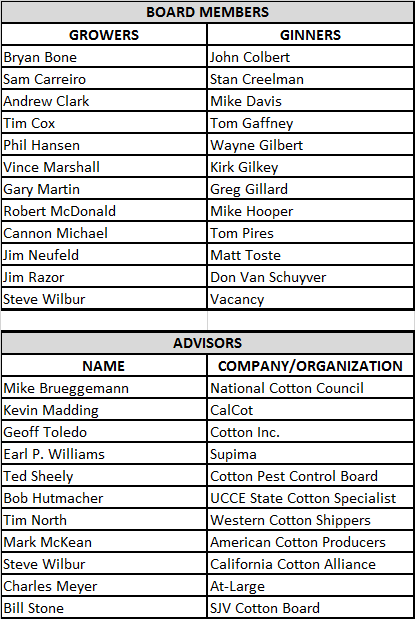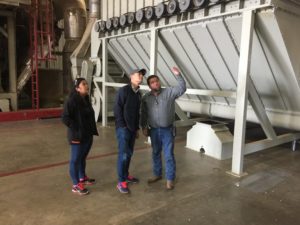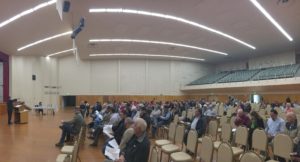Partner with us to Grow Your Team!
The Jordan College Advising & Career Development Center is your source for finding great new talent through internships and for your entry level career positions. For Spring 2017 we have a number of events and other opportunities that will allow you to connect with potential interns and staff members.
Register for the Harvesting the Leaders of Tomorrow
Internship & Career Fair
Thursday, February 2nd . 10:30 am to 3:00 pm
Fresno State’s Satellite Student Union
Connect with Fresno State students seeking internships and careers in the Agriculture and Food Industry. Registration includes 6′ table and two chairs and lunch for two representatives. There is a $20 registration fee for each additional representative.
Registration Fees:
- $55 for Government, Non-Profits and Small Business (less than 25 employees).
- $100 for For-Profits.
Enhance your visibility at the Career Fair by becoming an Event Sponsor.
To Register to Attend or Sponsor the Event:
Please visit Jordan Connect by Thursday, January 26th, at http://www.fresnostate.edu/jcast/student-success/login/index.html. After logging in, click the “Career Events” menu and select “Search”. Then enter “Harvesting” in the the “Career Event Name” field.
Questions about registration or sponsorship? Please contact Mary Willis at mwillis@csufresno.edu or 559.278.4207.
More Spring 2017 Career Fairs

Expand your reach by attending these upcoming career fairs.
- February 8, 2017 – The Viticulture and Enology Career Fair
Hosted by the Fresno State Viticulture & Enology Department
- March 15, 2017 – Recruit Down the 99 and Beyond Career & Internship Expo
Hosted by the Fresno State Career Development Center
Recruit Now for Spring Interns

If you are looking for interns for the Spring 2017 semester, please submit your internship description to Mary Willis, the Coordinator of Internships & Professional Experiences for the Jordan College, by December 23rd. You can email your internship description directly to her at mwillis@csufresno.edu or post your internship on Jordan Connect by clicking HERE.
Don’t have an internship program? If you would like to learn more about the benefits of having an internship program and how to get started, please contact Mary Willis at mwillis@csufresno.edu or by calling 559.278.4207.
Invest in the Future: Become an Agribusiness Mentor
The Agribusiness Program at Fresno State is seeking mentors to provide wisdom and career guidance to students entering the Ag and Food Industry. Serving as a mentor can be as simple as being available for an occasional informational interview to committing to meet with a student for a total fo 8-hours over the course of a semester. To learn more about the Agribusiness Mentoring program, please contact Mary Willis at mwillis@csufresno.edu or by calling 559.278.4207.








